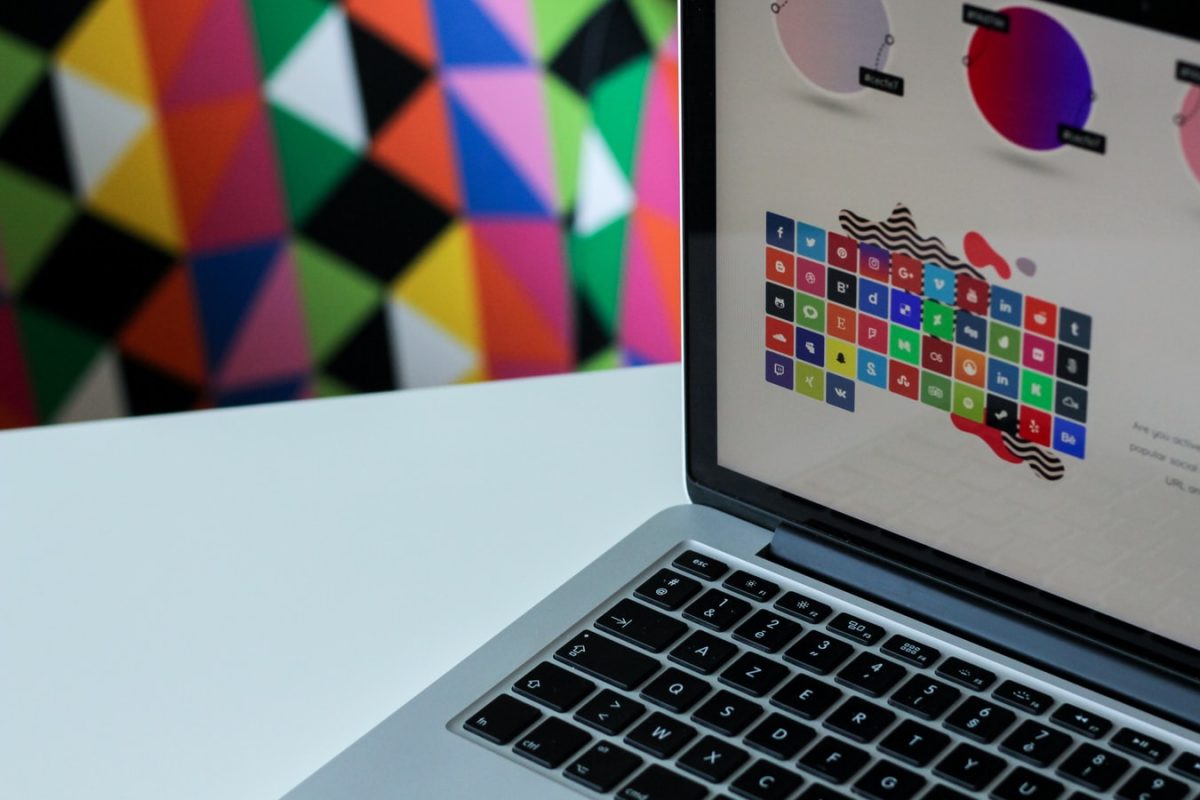
The world of graphic design is one of those fast-moving spheres that is ever-evolving and has now become accessible to all. Even without any training, studying or qualifications in this field, one can now make all sorts of wonderful design ideas a reality, from any location and just at the click of a button.
But let’s take a look at how graphic design has evolved over the years by going way, way back to trace some of the earliest examples of expression and communication using illustrations. In fact, we can go as far back as prehistoric times with cavemen depicting life with their paintings on rocks and stone walls of caves. These often display hunting scenes and give us a great insight into what tools they used, and what animals existed at that time. Until just recently it was thought that the oldest depictions of this type dated back between 20-30,000 years, but then, in 2017, some rock art was discovered in Indonesia which has been dated at 44,000 years old! Pretty mind-blowing huh?
It is quite incredible to think that this primitive form of expression has endured and is still as powerful as ever, if not more so, in our technologically advanced world, tens of millennia later. It demonstrates that it is clearly a natural skill of humans to use visual methods to communicate their experiences and ideas, which is basically what graphic design is all about.

The very first true logos are thought to be the coats of arms that were designed to denote heraldry back in the medieval error. Then in 1389, King Richard II of England made a ruling that any establishment brewing or serving beer had to display a sign outside to show what they did. Hence came the much-loved traditional British pub signs with names such as The Golden Lion, The Bear and Staff, and The Green Dragon. They all took their cue from the coats of arms and devised their own versions for their individual brewing houses/taverns.
With lots of other examples over the following centuries, we came to the designing of corporate logos. Bass was the first logo ever trademarked back in 1876 and their beer is still brewed today! Then, of course, there was Coca-Cola shortly afterwards in 1885. Both of these logos have changed little over the years and you would have to have pretty much lived in a cave not to have come across them in the US or UK!
With the advent of the world wide web in August 1991, the world of design – in fact, the world in general – started to change at a faster pace than ever before. At first, there was a lot of uncertainty and mistrust surrounding the internet, especially surrounding purchasing anything online, but fast forward to 2025 and we could not survive without it in this modern world.

So then it became about businesses needing to create websites and design marketing material to advertise their products and services. Logos required creating and the marketing material had to be appealing and attractive. Hence the modern-day electronic Graphic Designer became a highly-prized individual and degree courses were offered to hone those creative skills.
In recent years, computer design packages have evolved even more meaning the least experienced person is now able to design and produce some really tasty-looking material. I remember when Adobe Photoshop and Corel PaintShop Pro first came out in 1990 – wow, it was simply amazing that you could manipulate and enhance photos with these clever programs to offer greater scope to your design ideas, but compared with the tools of today, they were actually pretty basic.
Where are we 20 years later? Slap-bang in the middle of a world which offers so much choice in digital software that we can now create our own material from scratch with more ease than ever dreamed possible. Not such great news for the Graphic Designer, but to be honest there will always be some call for them because not even with all the software in the world, there will always be those who just don’t have that creative flair or indeed the incentive and/or time to do it themselves. Plus the majority of businesses will still employ someone to undertake this work for them.

But let us look at some of the opportunities this digital design software revolution has opened up to the average person:
- The ability to design anything with no previous skills required
- Being able to create your own website with great graphics within minutes
- Millions of stock photos available on the web for use in your designs
- A huge variety of templates for you to choose from to get you started
- The convenience of being able to post your designs directly online
The latest tool at our fingertips is online design software. When Canva came out in 2012 it was such a hit that it had 10 million users within the first 5 years! As we know, this digital world is evolving at a dizzying pace, with stiff competition always ready to step in with their newer, bigger, and better versions of products. Enter Crello with its powerhouse offering which boasts 60,000 templates, 4+ million stock photos to choose from, and the ability to work from a phone app and post directly to the web.

In this world where it all seems to be about online presence, showcasing everything from your business to your best pout and even what you had for dinner(!), there always seems to be this insatiable appetite for imagery, and now with ways of manipulating it for best effect, it’s more popular than ever! Being able to create animated graphics and stories is another tool that is extremely useful and popular, often being used on websites and marketing material to keep the viewer engaged.
Whilst it seems that we can do absolutely everything we need/want to with all these tools now readily available to us, it does make you wonder what could possibly be next?! Maybe we will be able to plug-in directly with our minds without even having to use a keyboard/mouse at all! But one thing we all know for sure, it won’t be long before the next innovative software becomes available with even more features than ever before.
















